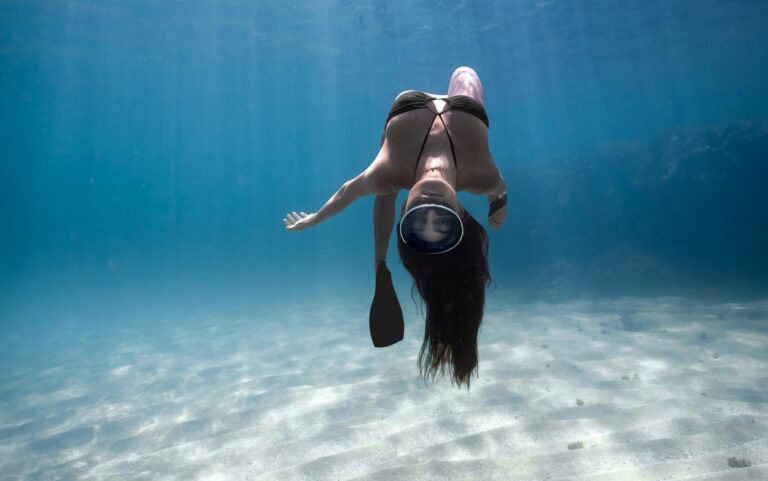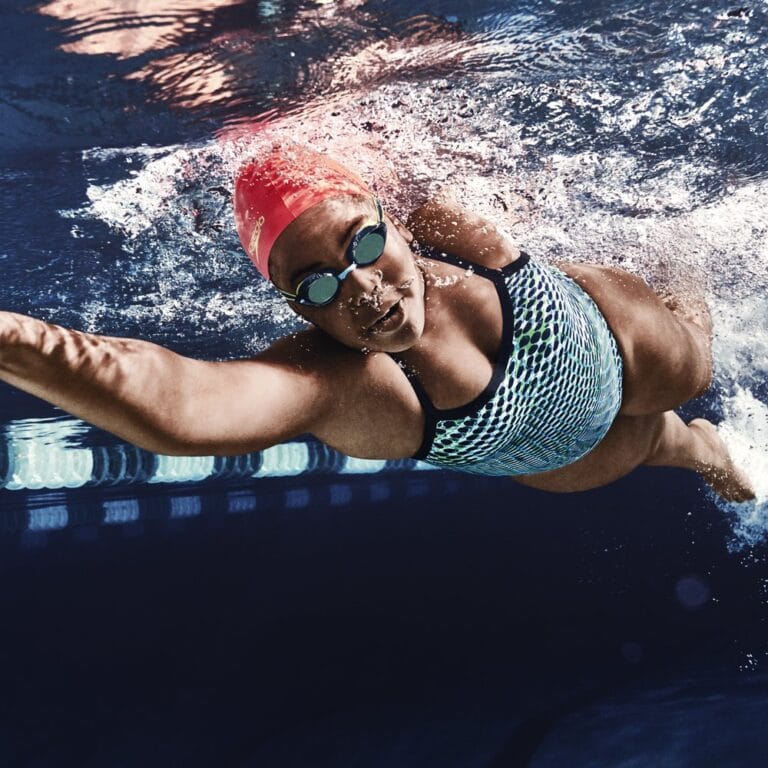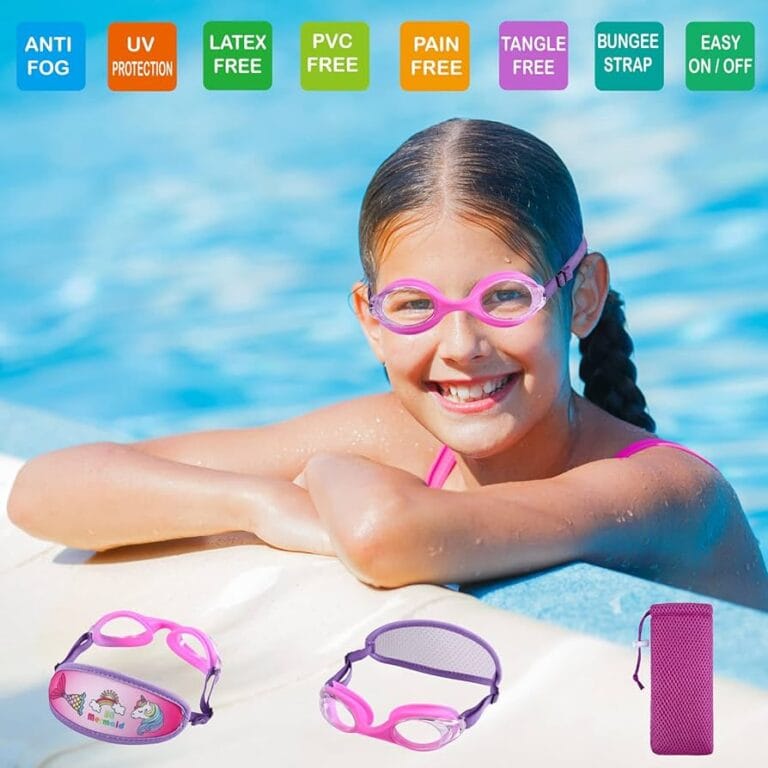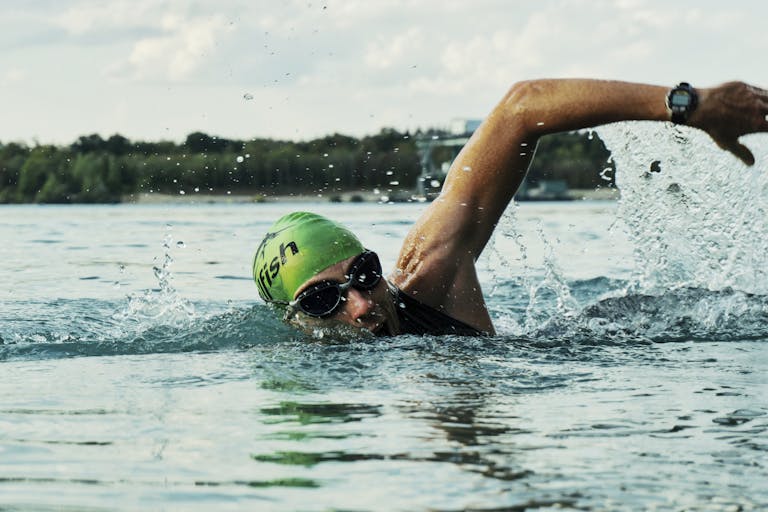How to Swim Faster: 3 Proven Tips to Improve Your Speed & Efficiency
Introduction
Every swimmer, from beginners to competitive athletes, dreams of cutting seconds off their lap time. But swimming faster isn’t only about pushing harder — it’s about refining technique, improving body mechanics, and training smarter. In this guide, we’ll break down three proven tips to swim faster: mastering stroke frequency, building strength, and perfecting your breathing technique. Along the way, you’ll also find practical drills and training strategies you can start using today.
1. Master Your Stroke Frequency (Cadence)
Stroke frequency — also known as stroke rate or cadence — plays a major role in speed. A slight increase in cadence can significantly reduce drag time and keep momentum high.
Why It Matters
- Low cadence often leads to excessive gliding, slowing you down.
- High but controlled cadence ensures smoother, faster forward movement.
Drills to Improve Cadence
- Fist Drill: Swim with clenched fists to feel water resistance and improve pull efficiency.
- Metronome Training: Use a tempo trainer to maintain consistent stroke rates.
- Short Sprints: Focus on faster turnover during 25-meter bursts.
Pro tip: Don’t just spin your arms faster — pair cadence with good body rotation and a strong catch.
2. Build Strength & Power
Swimming requires more than endurance — you need explosive strength for powerful strokes and kicks. Strength training both in and out of the pool will help you generate more propulsion.
Dryland Strength Training
- Pull-ups & Lat Pulldowns: Strengthen lats and shoulders.
- Push-ups & Bench Press: Build chest and triceps power.
- Core Workouts (Planks, Russian Twists): Improve stability and streamline.
- Resistance Bands: Mimic pulling motions while increasing resistance.
In-Pool Strength Training
- Paddle Workouts: Use hand paddles for stronger pull mechanics.
- Kickboard Sets: Isolate and strengthen the legs.
- Drag Training: Swim with resistance gear (parachute, drag socks).
Pro tip: Balance power with flexibility — tight shoulders or hips will cancel out your gains.
3. Perfect Your Breathing Technique
Breathing is often overlooked but makes a huge difference in speed. Poor breathing can throw off body alignment and waste energy.
Why Breathing Matters
- Incomplete exhalation causes oxygen debt.
- Lifting the head too high creates drag.
Breathing Tips & Drills
- Exhale Underwater: Fully release air before turning your head.
- Bilateral Breathing: Breathe every 3 strokes to balance body rotation.
- Hypoxic Training: Gradually extend breath cycles (every 5–7 strokes).
- Side Breathing Drill: Practice turning only slightly, keeping one goggle in the water.
Pro tip: Keep one ear in the water and rotate with your body, not just your head.
Bonus Training Tips to Swim Faster
Video Feedback: Record your stroke to identify drag and improve mechanics.
Interval Training: Alternate sprints with rest to build speed and endurance.
Flexibility & Mobility: Stretch shoulders, ankles, and hips for more efficient strokes.
FAQs
You may be missing one of the three key factors: cadence, strength, or breathing efficiency. Focus on technique drills and targeted training instead of only adding distance.
Yes! Dryland workouts like pull-ups, planks, and resistance band exercises build power that translates directly to faster, more powerful strokes.
Practice exhaling fully underwater, keep your head low during inhalation, and try bilateral breathing to balance body rotation.
With consistent training 2–3 times per week, many swimmers notice improvements in speed and efficiency within 4–6 weeks.
Conclusion
Swimming faster isn’t about brute force — it’s about smarter technique, stronger muscles, and efficient breathing. By focusing on stroke frequency, building strength, and improving your breathing, you’ll cut through the water with less effort and more speed. Start small, stay consistent, and track your progress.
👉 Ready to take the next step? Explore our other swimming guides, drills, and gear reviews to maximize your performance in the pool.






